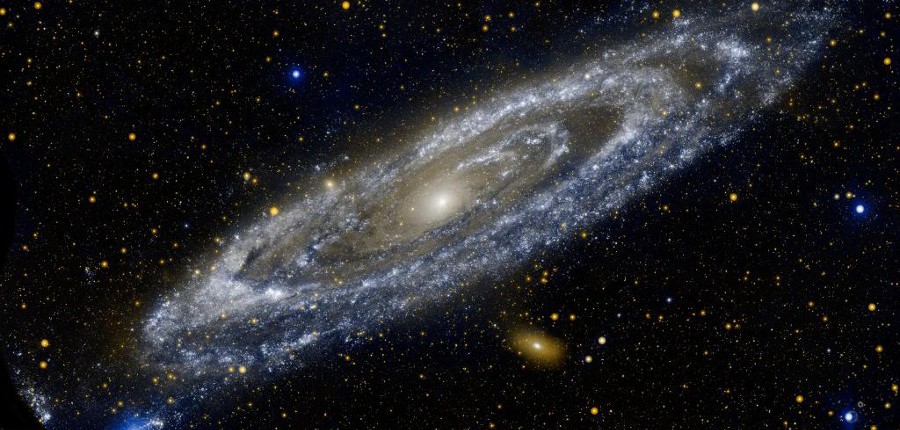Once upon a time, 13.8 billion years ago, the entirety of the ΛCDM model Universe was compressed into a volume smaller than a gnat’s ass (a statement of universal simultaneity forbidden by Relativity Theory).
The original condition of this model Universe is inexplicable in terms of known physics. Regardless, the model Universe erupted from its inexplicable condition, for an unknown reason, in a somewhat explicable cosmic flatulence event.
With the aid of an inflaton field the model Universe then expanded into today’s model Universe, which is 95% composed of things that are not observed in the Cosmos (Dark Matter and Dark Energy). The remaining 5% of the model Universe consists of the things that are observed in the Cosmos.
This model should not be classified as science. It constitutes nothing more than the feverish imaginings of the mathematicist mindset that has utterly debased the field of cosmological studies.
